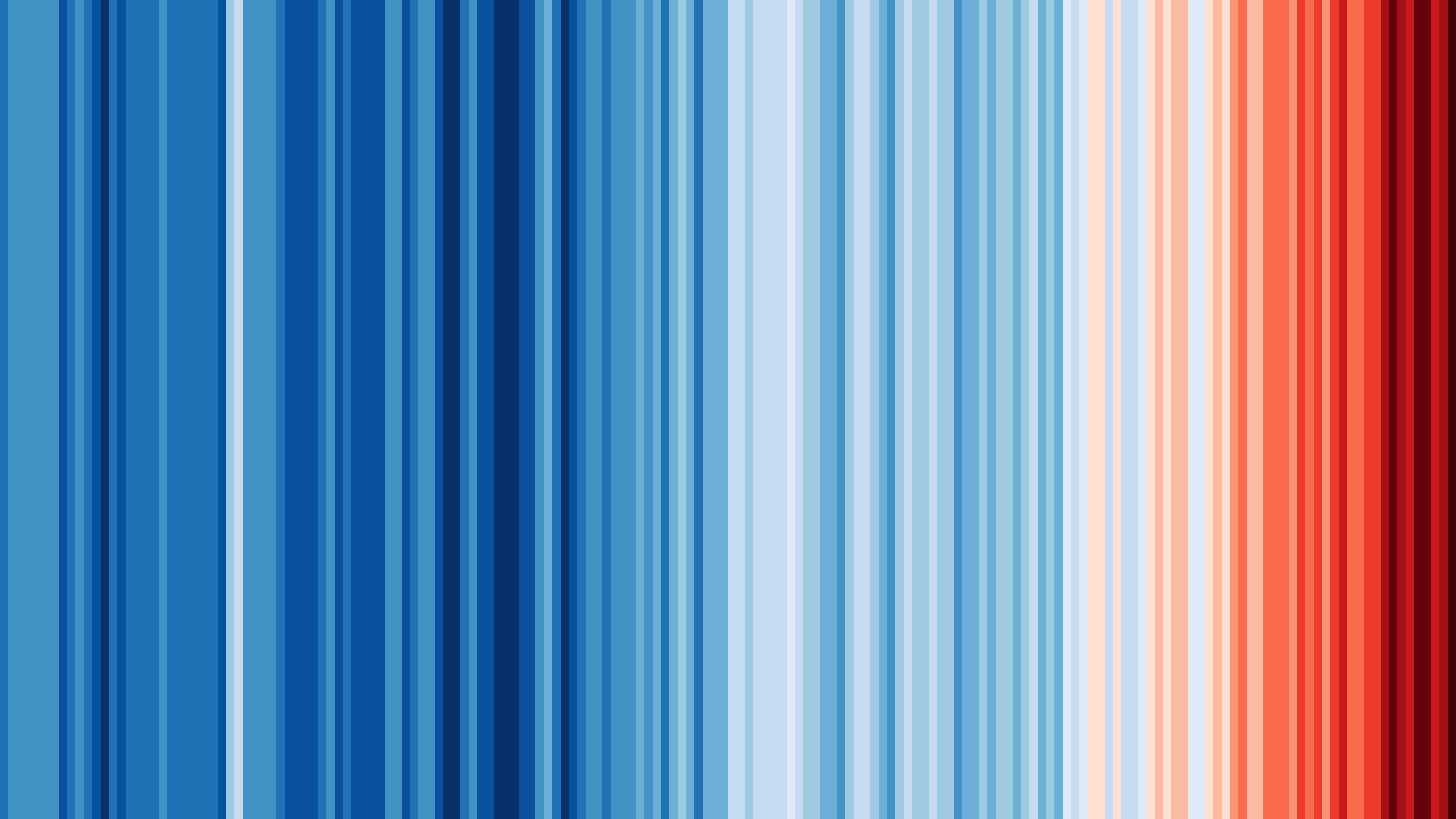

Summer solstice and seasonal lag
by Kirsty McCabe, FRMetS
The summer solstice, the longest day of the year, marks the beginning of summer (although we meteorologists prefer to divide our seasons neatly up by calendar months). In the northern hemisphere, the summer solstice occurs when the North Pole points as far towards the sun as possible, which usually happens around 21st June. The closer you are to the North Pole, the longer your day will be, with an average of 16 hours of daylight in the UK, and 19 hours for residents of the Shetland Islands.
Events such as the summer solstice have been celebrated for millennia, with many cultures marking the occasion. Of course, the place to be on the solstice is Stonehenge, with thousands of people coming together to watch the sun rise over the prehistoric monument.
Yesterday's stunning solstice sunrise as the stones peeked out of a blanket of mist.☀️
— Stonehenge (@EH_Stonehenge) June 22, 2022
For the first time since 2019, thousands came together to celebrate #SummerSolstice at Stonehenge. pic.twitter.com/XNPltRLVYV
But if the summer solstice marks the longest day of the year, why isn’t it the warmest? The reason is that it takes time for the Earth’s land and water to heat up, otherwise known as a seasonal lag. Similarly, in winter our coldest weather occurs in January or February, well after the winter solstice in December.
The main reason for seasonal lag is that water, which covers over 70 per cent of the Earth’s surface, has a much higher heat capacity than land. That means you need to add a lot more heat to raise the temperature of water. And it also takes longer than land to warm up. Hence the delay from the longest day to warmest weather.
In the meantime, spare a thought for parents with young children who refuse to go to bed or wake up extremely early because it’s light.
Of course, once you’re awake, you have the perfect opportunity to capture amazing sunrises. If you got the ultimate shot of the summer solstice, then enter our 'Weather Photographer of the Year' competition.
Entries close on 28 June.



